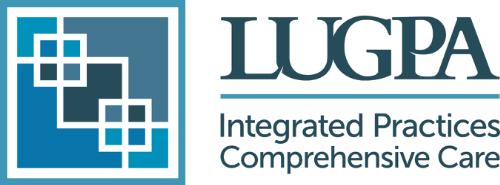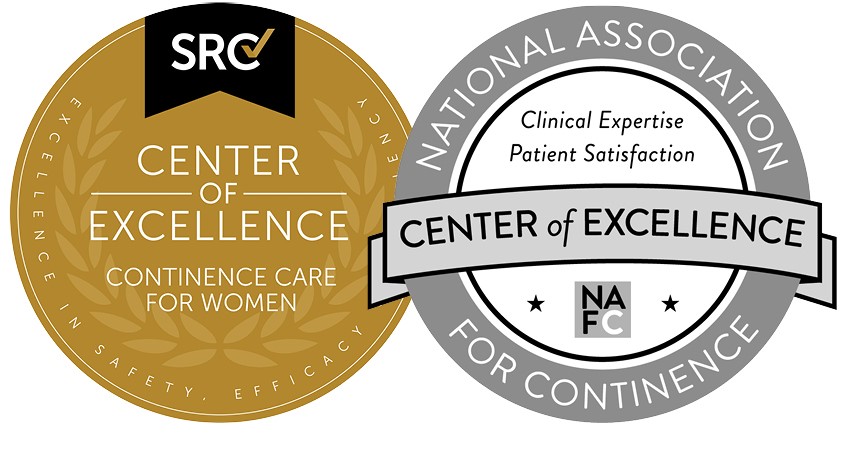LUGPA Policy Brief: Confronting Drug Shortages: A Call for Sustained Federal Coordination and Supply Chain ReformMay 2025 Drug shortages continue to pose a serious threat to patient care, particularly in specialties like urology and oncology, where sterile injectable drugs are essential for timely, in-office treatment. While the number of new shortages has declined since the height of the COVID-19 pandemic, the duration of shortages has increased significantly. According to a recent U.S. Government Accountability Office (GAO) report, the root causes of supply chain instability remain unresolved. The GAO calls for a comprehensive, department-wide strategy at the U.S. Department of Health and Human Services (HHS), emphasizing that the Food and Drug Administration (FDA) cannot address these complex challenges alone. LUGPA supports these findings and urges policymakers to act decisively to bolster drug supply chain resilience, ensure continuity of care, and protect the viability of independent medical practices. As of July 2024, the FDA reported over 100 active drug shortages—many involving sterile injectables used in surgeries, cancer care, and other high-acuity services. These shortages disproportionately affect independent urology practices, which depend on consistent access to these medications to deliver efficient, high-quality care. Key supply chain vulnerabilities include quality lapses at manufacturing facilities, economic disincentives for producing low-margin but essential drugs, limited manufacturing redundancy, and overreliance on fragile global sources for active pharmaceutical ingredients (APIs). The COVID-19 pandemic intensified these pressures, exposing systemic weaknesses in both domestic and international production. The FDA has taken steps to improve monitoring and mitigation, including using data analytics to detect supply chain risks, promoting quality management systems in manufacturing, and collaborating with companies to prevent disruptions. However, the GAO rightly concluded that the FDA’s limited authority and scope hinder its ability to address the broader economic and logistical root causes. To address drug shortages comprehensively and sustainably, the GAO recommends:
Although HHS initially rejected this recommendation, GAO reaffirmed the need for a permanent, institutional structure, not a temporary or symbolic position. Independent physician practices are especially vulnerable to shortages due to limited purchasing power and reliance on timely access to in-office-administered therapies. Delays in care due to medication shortages can worsen outcomes, interrupt chronic disease management, and strain the operational viability of practices. LUGPA urges Congress and HHS to take the following actions:
LUGPA calls for action based on the GAO’s recommendations to address the growing issue of drug shortages and protect both patients and providers.
|




